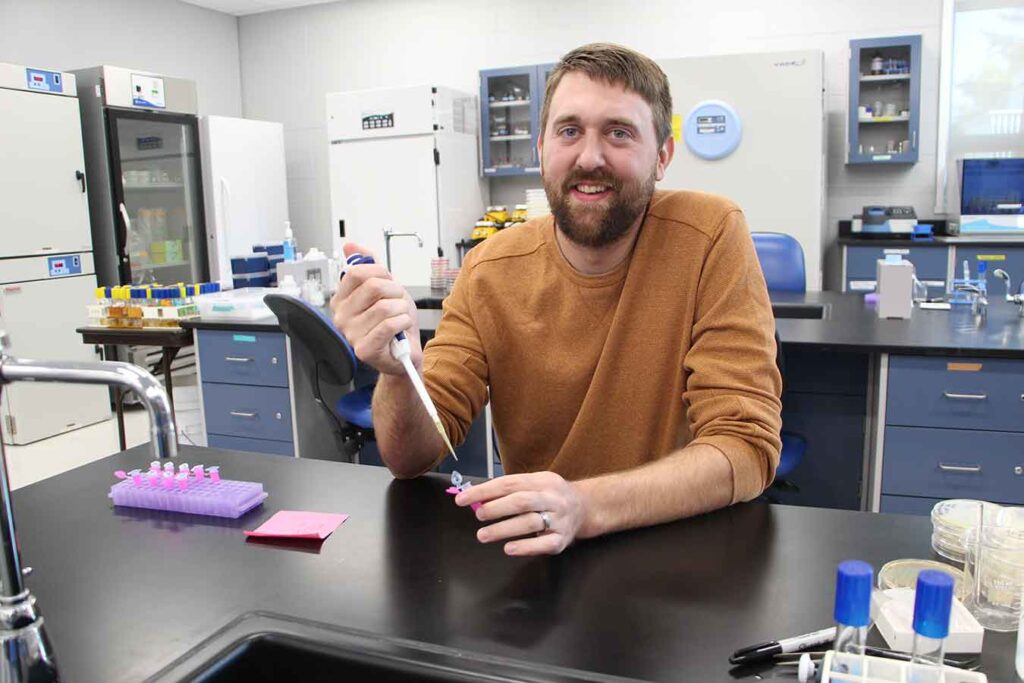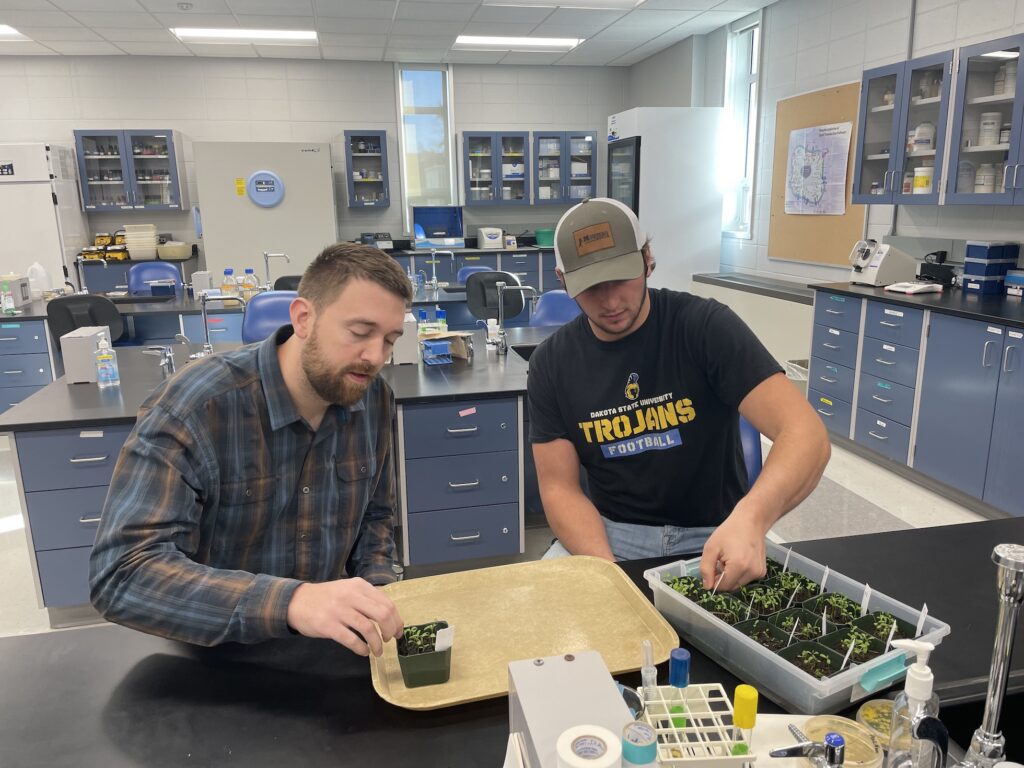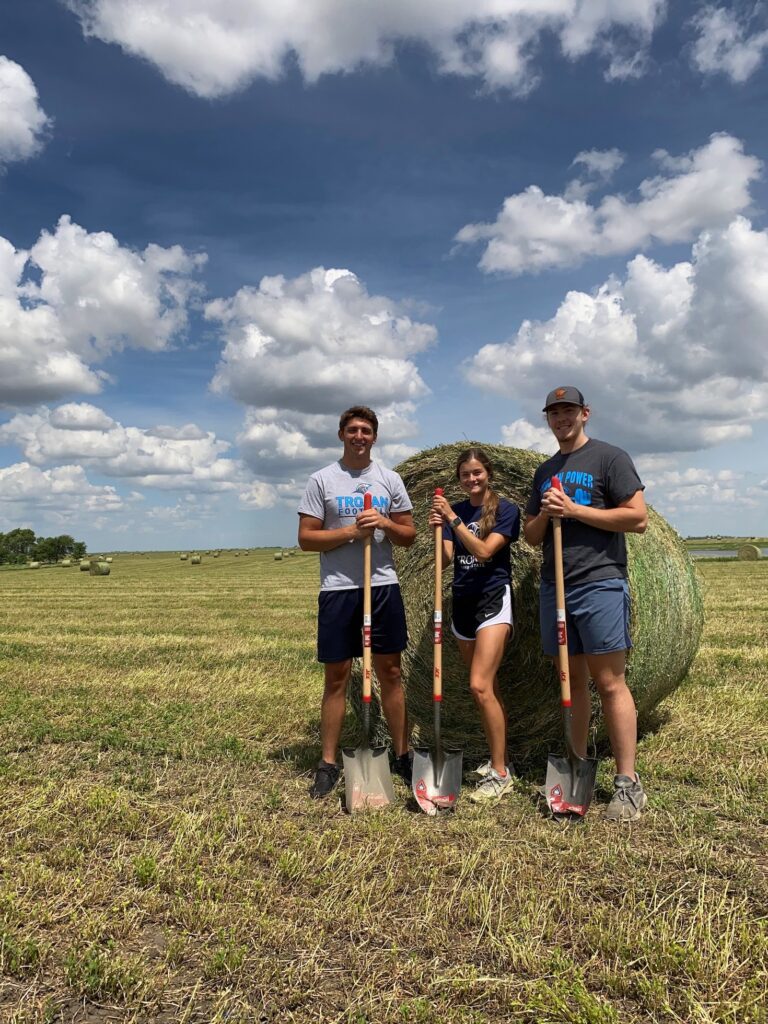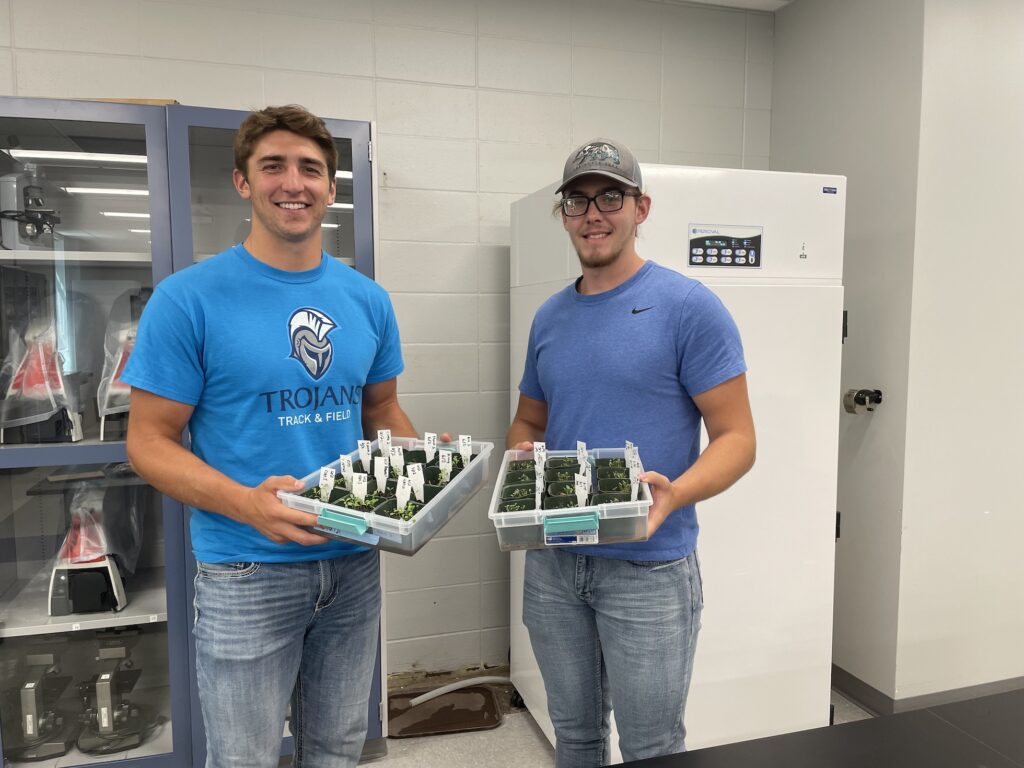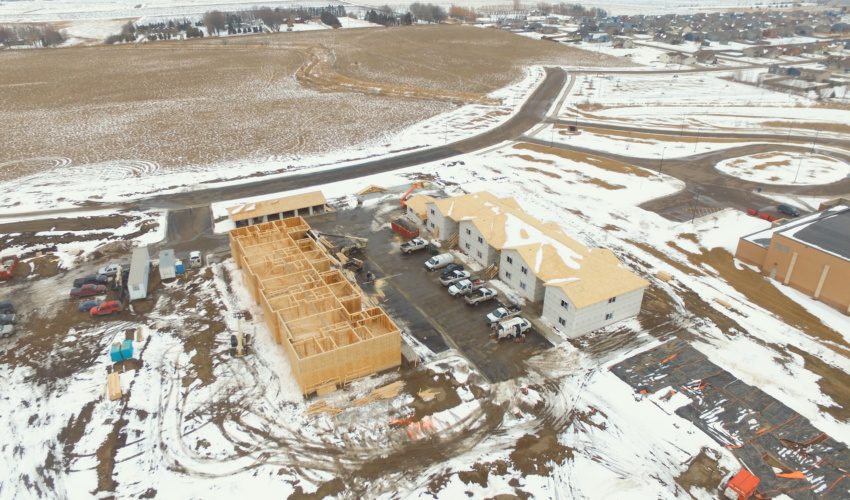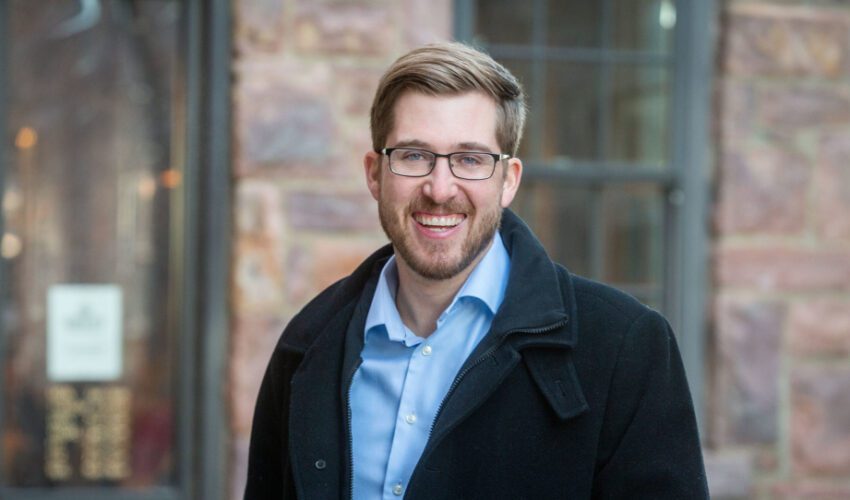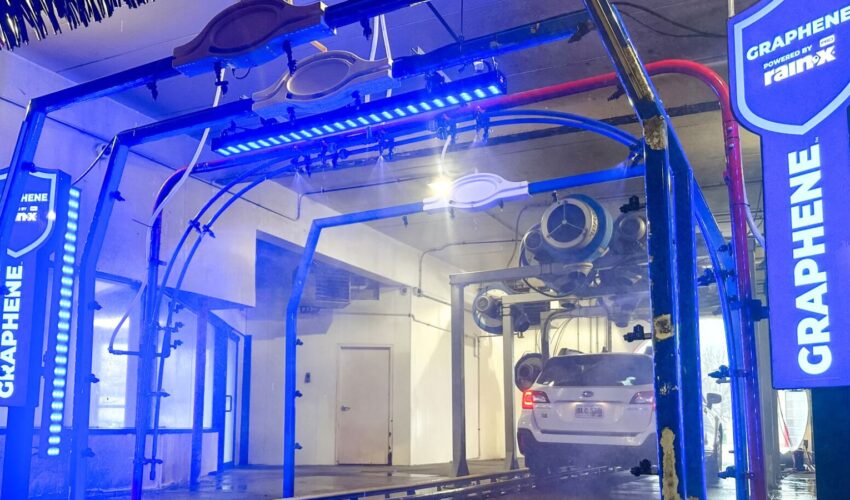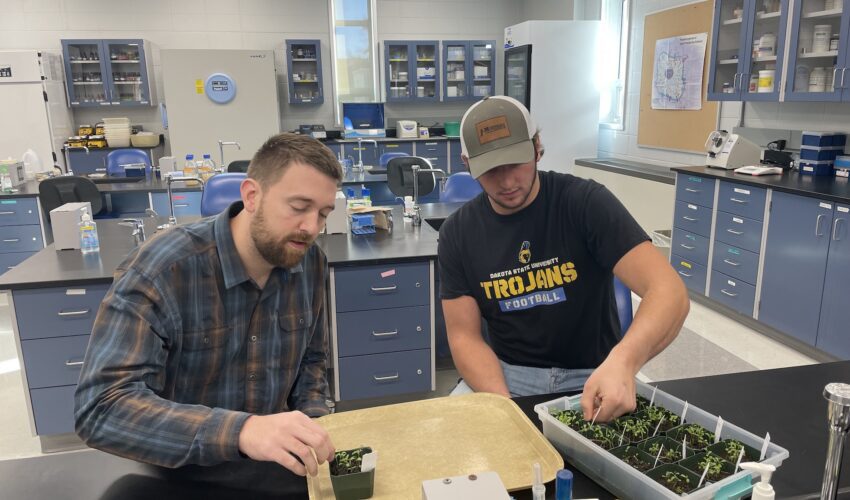State’s only alfalfa pathologist mentors student-researchers to big discoveries
March 24, 2022
This paid piece is sponsored by Dakota State University.
Alfalfa is one of the most valuable crops in the U.S., and South Dakota is one of the top states in number of acres of alfalfa planted. It’s part of what drew Dr. Andrew Sathoff, assistant professor of biology, to work at Dakota State University.
Alfalfa is understudied in South Dakota, Sathoff shared. An alfalfa pathologist, Sathoff is the only one in the state.
“My graduate degree is from the University of Minnesota in plant pathology,” Sathoff said. He worked in an alfalfa lab with his mentor, Dr. Deborah Samac, a renowned alfalfa pathologist.
Now, he’s the mentor, cultivating researchers out of his undergraduate students. He and his student-researchers have been studying alfalfa in South Dakota since the summer of 2020. This is unique, as Dakota State gives undergraduate students the opportunity to participate in research at the level of graduate students.
“If they want to go on and get a graduate degree in some type of science and do research in graduate school, they will be right at home,” Sathoff said. “They’ll be functional from day one at graduate school.”
In partnership with local business Mustang Seeds and the South Dakota Established Program to Stimulate Competitive Research, or EPSCoR, they began by studying an alfalfa disease, Aphanomyces root rot, in South Dakota. With the assistance of Mustang Seeds, Sathoff has developed a grower network that participates in the alfalfa research.
Their first study in 2020 found Aphanomyces in the state for the first time. By 2021, growers began purchasing more Aphanomyces-resistant seeds to increase yields.
“The best defense against Aphanomyces is planting a cultivar of alfalfa that has genetic resistance to the disease,” Sathoff said.
Two students, Jenni Giles and Conner Tordsen, helped launch the biology research lab. In addition to finding Aphanomyces, they discovered Pythium, another alfalfa pathogen.
They also have had the chance to learn about the process of publishing data. The student researchers created a fact sheet on Aphanomyces published on the SDSU Extension website. Additionally, they’ve had articles published in journals and grower-focused publications. This experience improves the writing and communication skills of students.
Since launching the lab, other students have joined in the research.
Alex Rachynska, an international student, chose Dakota State because she received an offer of a research position from Sathoff. Her goal is to become a molecular biologist and researcher.
“DSU seemed like the place to begin my undergraduate studies and research practice,” she said.
As a freshman, she already has performed advanced biotechnology techniques such as polymerase chain reactions, a way to specifically amplify certain fragments of DNA; gel electrophoresis to separate DNA and visualize it; and Sanger sequencing, which was used to help identify fungal species through characteristic DNA sequences. This semester, she’s writing a case study publication, completing a fungicide evaluation project and performing seed germination testing.
“From Dr. Andrew Sathoff, I have learned a great deal about molecular biology and lab work,” Rachynska said. “I appreciate his ability to explain complex biology topics and biotechnology techniques in simple terms.”

